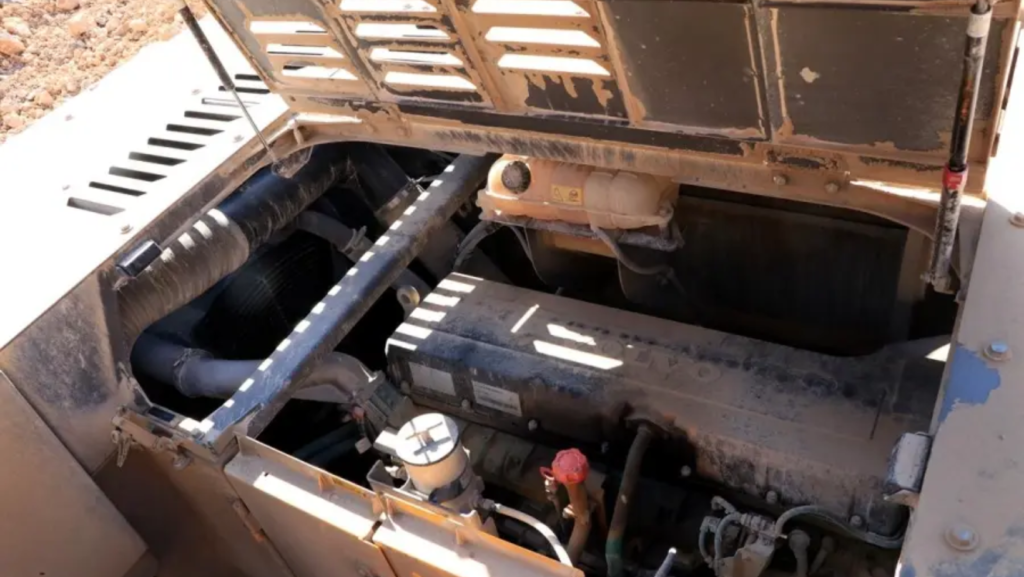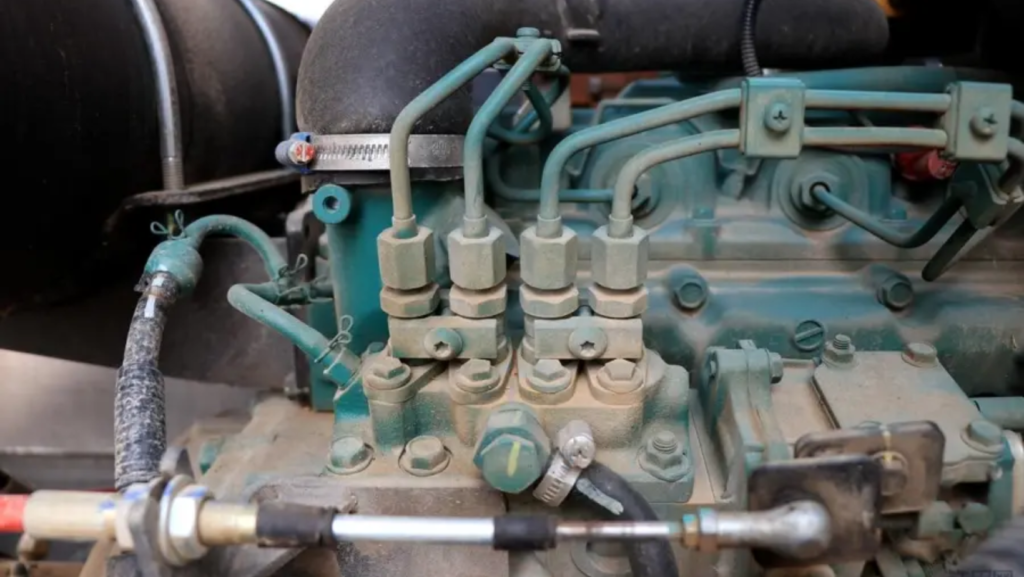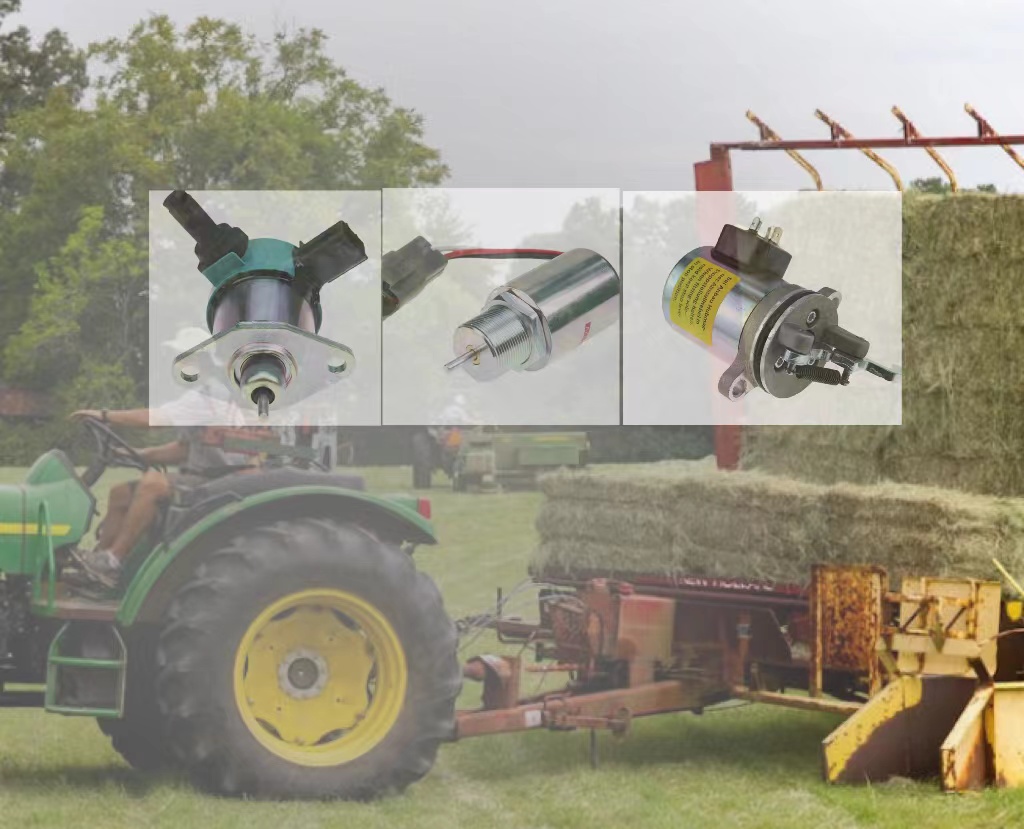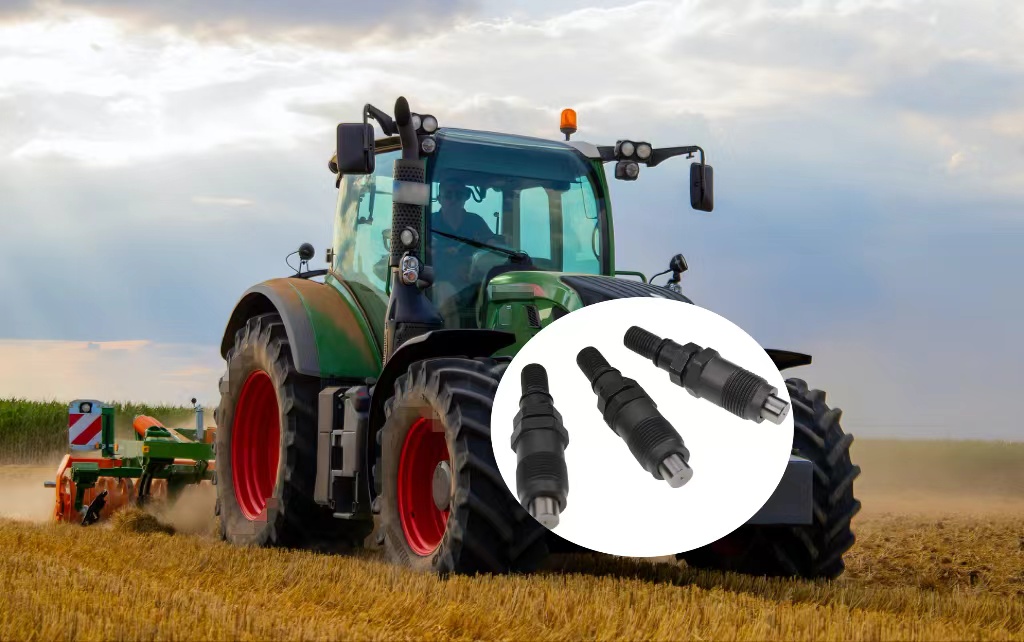In general, engine speed drops are manifested in two ways: 1.Slight speed drops below 200 rpm. 2. More than 300 RPM speed drop, which is likely to cause the excavator to suddenly flame out. Today we will discuss the causes and solutions of engine speed drop problems.

What causes excavator engine speed drops?
-
Excavator’s diesel fuel circuit failure. Speed drop is generally caused by diesel fuel circuit blockages.
-
An excavator’s hydraulic system has a fault, which causes the pump to not change displacement correctly, resulting in high pressure, slowed speed, and possible runaway failure.
-
The excavator engine itself does not produce enough power. The output power is less than the rated power, which causes a low speed.
-
The excavator engine itself does not produce enough power. The output power is less than the rated power, which causes low speed.
-
If the air intake system leaks or is blocked, it will result in insufficient air supply, which will lead to the fuel not fully combusting and, ultimately, poor performance and black smoke.
-
There is too big a gap between the solenoid valves, resulting in insufficient oil supply and a drop in engine speed.
-
A loose connection or ruptured pipeline may lead to fuel leakage or foreign matter blockage in the fuel supply circuit, resulting in insufficient fuel supply.
- Also, there are many reasons for the speed drop failure, such as incorrect valve clearance, wrong fuel injection timing, damaged turbocharger, faulty brakes, etc.

What should we do when the engine speed drops?
-
Firstly, check the diesel in the excavator and determine if any impurities have formed in the oil, as well as whether it has a clogged oil circuit.
-
Check the engine speed and the valve clearance of the excavator.
-
Check and clean the intake line, air pre-filter and element, then restart the engine.
-
Check whether the speed drop problem occurs when the excavator is under load?
-
Check the engine closely to determine if the speed drop is caused by engine failure.
-
It is also necessary to check the electronic control system, the hydraulic system, and the fuel system.







Hi everyone, it’s my first pay a visit at
this site, and piece of writing is in fact fruitful designed for me, keep up posting these types of articles.
Thank you